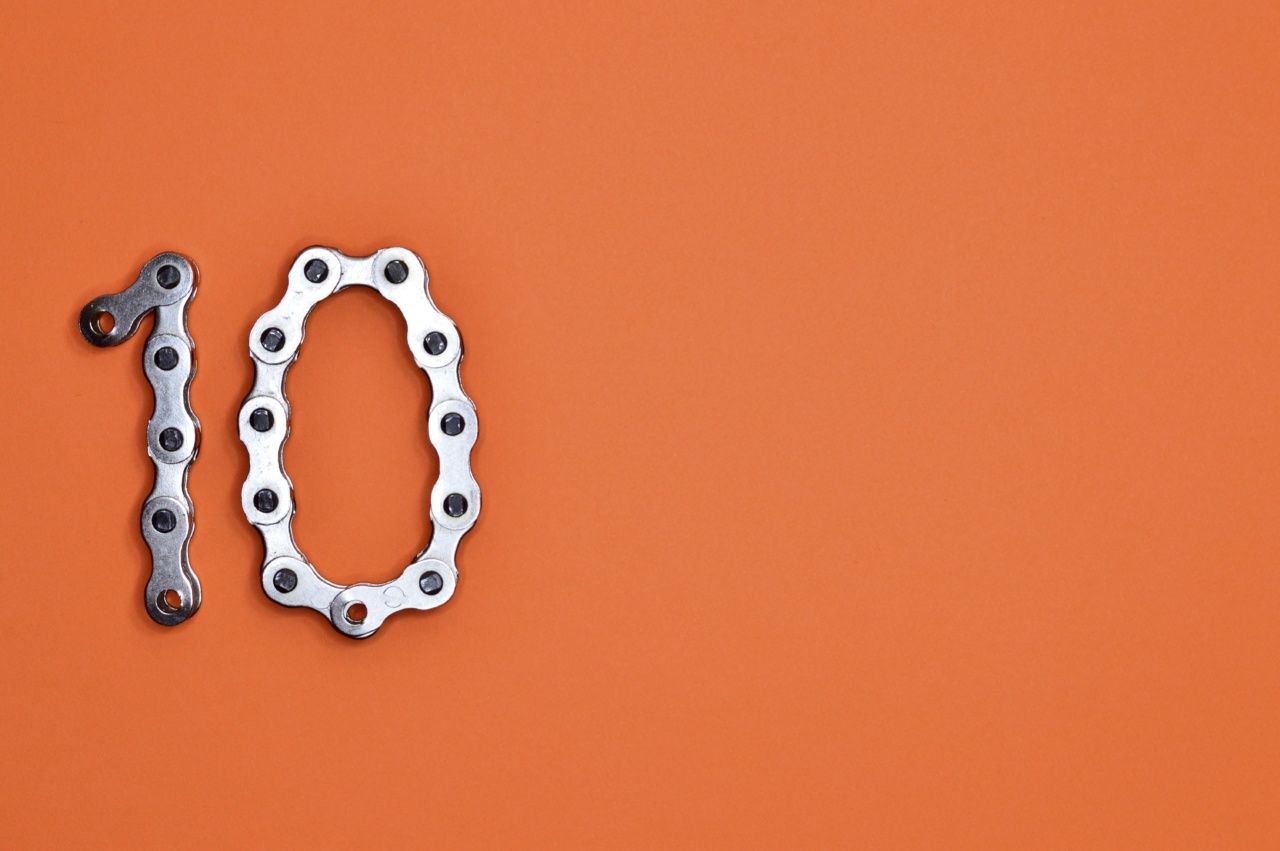Herpes zoster, commonly known as shingles, is a viral infection caused by the varicella-zoster virus (VZV). It is characterized by a painful rash that usually appears as a band or a patch on one side of the body.
While shingles can be an uncomfortable and bothersome condition on its own, recent studies have indicated that it may also be linked to a greater likelihood of stroke.
Understanding Herpes Zoster
Herpes zoster is caused by the same virus that leads to chickenpox. After an individual recovers from chickenpox, the virus remains dormant in the nerve tissues near the spinal cord and brain.
However, under certain circumstances, the virus can become reactivated, leading to the development of shingles.
The symptoms of shingles typically include a painful rash, itching, tingling, and sometimes fever and headache. The rash generally appears on one side of the body or face, following the path of the affected nerve roots.
The Link with Stroke
A growing body of evidence suggests that there may be a relationship between herpes zoster and an increased risk of stroke.
Several studies have found that individuals who have had shingles are more likely to experience a stroke, particularly in the weeks and months following the onset of the rash.
One study conducted in Taiwan analyzed data from over 7,000 patients with herpes zoster and found that the risk of stroke was 30% higher in the first year after diagnosis compared to individuals without shingles.
Another study in the United States found that having shingles increased the risk of stroke by approximately 60% within the first six months after diagnosis.
The exact mechanisms linking herpes zoster and stroke are not yet fully understood.
However, it is believed that the inflammation caused by the virus during a shingles outbreak may contribute to the development of blood clots or blockages in the arteries, leading to a stroke.
Risk Factors
While anyone who has had chickenpox can develop shingles, certain risk factors increase the likelihood of herpes zoster and potentially its connection to stroke:.
- Age: Older individuals are more susceptible to shingles and stroke.
- Immune system compromise: Conditions that weaken the immune system, such as HIV/AIDS or certain medications, can increase the risk of shingles and stroke.
- Stress: High levels of stress have been associated with both shingles and cardiovascular events like stroke.
- Gender: Studies have shown that men may have a slightly higher risk of stroke after shingles compared to women.
- Medical history: Those with a history of cardiovascular disease or risk factors like high blood pressure, diabetes, or smoking are more likely to experience stroke after shingles.
Prevention and Treatment
Prevention of shingles includes vaccination with the herpes zoster vaccine. The vaccine can reduce the risk of developing shingles and postherpetic neuralgia, a complication characterized by persistent nerve pain after the rash has resolved.
Early treatment of shingles with antiviral medications can also help reduce the severity and duration of the illness.
Prompt treatment may potentially decrease the risk of stroke, although more research is needed to establish a clear causal relationship.
For individuals who have already had shingles, managing risk factors for stroke becomes crucial.
This includes maintaining a healthy lifestyle, such as regular exercise, a balanced diet, and keeping blood pressure and cholesterol levels within a healthy range. It is also essential to control medical conditions like diabetes and maintain regular follow-ups with healthcare professionals.
Conclusion
Emerging evidence suggests that herpes zoster may be associated with an increased likelihood of stroke.
While further research is needed to fully understand the mechanisms behind this link, it is important for individuals who have had shingles to be aware of the potential risk and take steps to prevent and manage their vascular health. By staying proactive and following preventive measures, individuals can minimize the risk of both shingles and stroke.





























